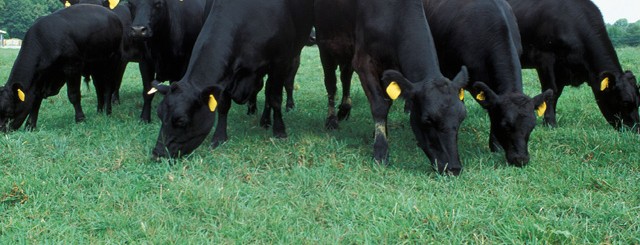-

The drought situation in California continues to be a concern to farmers across the US because of its impacts on fruit and vegetable markets as well as dairy. In spite of hopes for a recovery this year due to El Nino and heavier than normal rainfall in December, since then rainfall in California has been…
-

In the last few years meteorologists have become increasingly aware that some of the most intense rainstorms on the West Coast are caused by concentrated bands of moisture that pour water vapor into the region. These bands are called “atmospheric rivers” because they act like a conduit to bring high volume rain events to California,…
-

The NOAA monthly climate summary for January 2015 is now out and shows that the contiguous US as a whole, the average temperature was warmer than normal and the total precipitation was below normal. The warmest parts of the US were in Oregon and the West Coast and the coolest parts were in southern Texas…
Posted in: Climate summaries -

If you are interested in learning more about agricultural meteorology, you may be interested in joining this one-hour webinar offered by the CoCoRaHS folks. It is going to be held online on February 26 at 2 pm Eastern Time. You can register at https://www.cocorahs.org/Content.aspx?page=wxtalk. You don’t have to be a CoCoRaHS observer to register. It will…
-

Did you know there was a day for your favorite weatherperson? Well, today is the day. According to this NWS web site (link), February 5 is National Weatherperson’s Day, commemorating the birth of John Jeffries in 1744. Jeffries, one of America’s first weather observers, began taking daily weather observations in Boston in 1774 and he…
-

This is the title of an article published this week by AgWeb on some research currently underway to understand beef production vulnerability to changes in climate over time. A team headed by Dr. Dan Devlin, an agronomy professor at Kansas State, is working on a five-year project to monitor beef cattle’s response to environmental factors…
-

The climate summary for Florida for January 2015 is now available at https://climatecenter.fsu.edu/products-services/summaries/climate-summary-for-florida-january-2015.
Posted in: Climate summaries